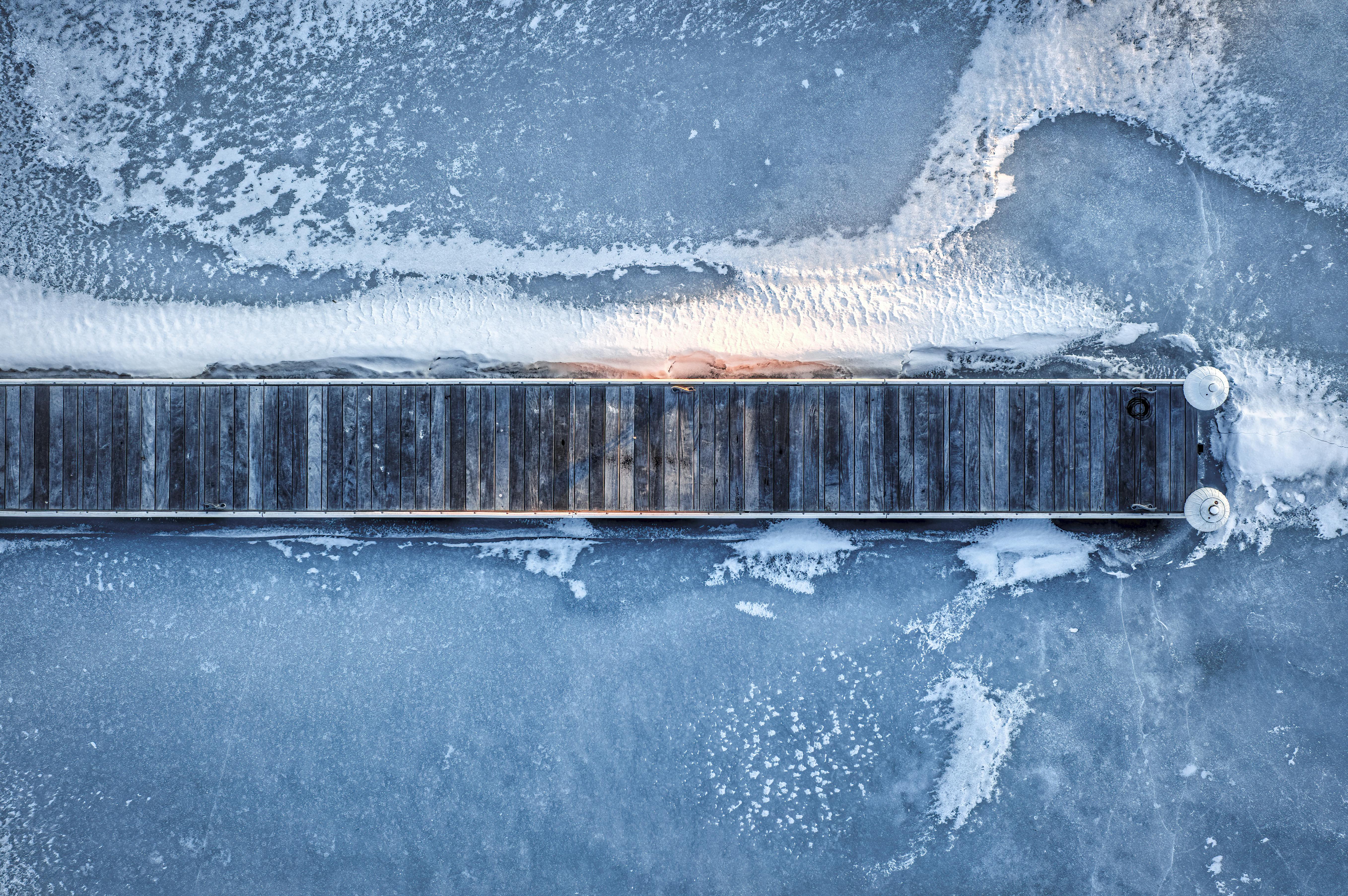Distilling water is a simple yet effective way to purify water and remove any unwanted contaminants or minerals. It is a process that has been around for centuries and is still used today in many countries. The process of distilling water quickly requires a few simple steps and the right equipment, but with the right setup, anyone can be distilling clean, pure water in no time. In this article, we will provide step-by-step instructions on how to distill water quickly and efficiently.To distill water quickly, you will need a few essential items: a heat source, such as a stove or burner; a distillation container, such as an enamel pot or glass jar; an outlet tube for the distilled water to travel through; and a collecting container to catch the distilled water. You will also need some rubber tubing to connect the various components and make sure everything is sealed properly. Finally, you will need something to filter out any impurities or contaminants from the water that may be present before distillation.
A Step-by-Step Guide to Distilling Water Quickly
Distilling water is a great way to ensure that you have clean, safe drinking water. But when done manually, it can be quite time consuming. Fortunately, with the right equipment, you can distill water quickly and easily. Here’s a step-by-step guide on how to do it:
1. Start by gathering all of the necessary supplies. You’ll need a pot or kettle that has a tight fitting lid, a heat source (such as an electric or gas stove), and a container for collecting the distilled water (preferably made of glass).
2. Fill the pot or kettle with tap water and place it on the heat source. Make sure to leave some space at the top of the pot so that steam can escape.
3. Place something in the pot that will act as a condenser for the steam, such as an ice pack, canning jar lid, or even an inverted bowl. This will help to collect the condensed steam and turn it into liquid form.
<
Preparing the Container for Water Distillation
Water distillation is an effective way to purify water. In order to distill water, one must first prepare a container for the process. The container should be made of materials that are safe and non-toxic, such as glass, stainless steel, or food-grade plastic. It should also be large enough to accommodate the amount of water being distilled and should have a lid with a tight seal.
The first step in preparing the container is to thoroughly clean it using soap and warm water. This will help remove any dust or dirt that may have accumulated on the surface of the container. After cleaning, it is important to rinse the container with hot water to ensure that all soap residue has been removed. Then, the container should be dried completely before use.
Next, it is important to prepare the lid of the container by making sure that it fits snugly over the opening and has an airtight seal on top. This will help prevent any contamination from entering during the distillation process. Additionally, if there are any holes or cracks in the lid, they must be sealed with adhesive tape or another suitable material before use
Boiling the Water
Boiling water is one of the most common kitchen tasks. It can be used for many household tasks such as sterilizing bottles, making coffee or tea, or preparing pasta. Boiling water is also a great way to make sure that all bacteria and other contaminants are killed off in the water before drinking it. Boiling water is also a quick and easy way to purify water if you are out camping or on a hike and don’t have access to purified drinking water.
The process of boiling water is fairly simple and can be done on any stovetop with just a pot or pan. To begin, fill the pot with cold tap water and place it on the stovetop over high heat. Once the water begins to boil, reduce the heat slightly so that it doesn’t boil over. Allow the water to come to a full boil for at least one minute before turning off the heat.
Once boiling has finished, you can use the boiled water immediately for whatever task you need it for or store it in an airtight container until you need it. It’s important to note that boiling will not remove all impurities from
Cooling the Water
Cooling water is an important process in many industrial settings. It is used to reduce the temperature of objects and fluids that are too hot to be handled safely. There are several methods for cooling water, including using cooling towers, evaporation ponds, and chillers. Cooling towers are the most common method used in industrial settings, as they are efficient and cost-effective. A cooling tower works by circulating hot water through a series of pipes and spraying it into a large container filled with air. The hot water evaporates, releasing heat energy into the air and cooling the remaining water in the process. This cooled water can then be reused for other purposes such as manufacturing processes or agricultural irrigation.
Evaporation ponds are also used to cool water, but they require more space than cooling towers. They work by allowing hot water to be spread across a large area of land where it evaporates into the atmosphere over time, thus cooling down the remaining water. This method can be quite effective but is not as efficient or cost-effective as cooling towers.
Chillers are another method of cooling water that uses refrigerant chemicals to reduce temperatures. The

Collecting and Separating the Condensed Steam
The process of collecting and separating condensed steam involves capturing the steam from a boiler or other system, condensing it into liquid form, and then separating it into two distinct streams. The first stream is the liquid condensate, which is either collected in a container or piped away for further processing. The second stream is the non-condensable gases which are released to the atmosphere. This process is essential for efficient operation of any steam system as it prevents corrosion of components and increases overall energy efficiency.
The collection of condensed steam is typically done using a condenser or separator, which acts as a vessel that captures the steam and forces it to condense into liquid form. The condensate then flows through pipes or containers to be collected and stored for further processing. Non-condensable gases are released through an exhaust pipe or stack, ensuring that they are not mixed with the condensate.
Once collected, the condensate can be processed in several different ways depending on its intended use. If it is to be reused in a boiler, it must
Filtering the Distilled Water
Distilled water is free of any contaminants, but it can still contain traces of minerals. To ensure that your distilled water is completely free of any impurities, it is important to filter it. There are several different types of filters that can be used to filter distilled water, including reverse osmosis filters, activated carbon filters, and sediment filters. Depending on the type of filter you choose, you may need to change out the filter cartridges periodically in order to maintain the effectiveness of the filter. Additionally, some filters may require additional maintenance such as cleaning or backwashing.
Reverse osmosis filters are effective at removing a wide variety of contaminants from your water. They use a semi-permeable membrane to trap particles as small as one micron in size. This makes them ideal for removing bacteria and other microorganisms from your water supply. However, they can be costly and require frequent maintenance in order to keep them working properly.
Activated carbon filters are also effective at removing impurities from your distilled water. Unlike reverse osmosis filters, they do not require much maintenance and are
Storing the Distilled Water
Storing distilled water is easy and straightforward since it does not contain any contaminants. As long as distilled water is stored in a clean, sealed container, it can last indefinitely. It is best to store distilled water in a cool, dry place away from direct sunlight or heat sources. It is also important to keep the container tightly closed to prevent contamination from outside sources.
When storing distilled water for an extended period of time, it is recommended to mark the date of production on the container so that you know when the water was made. This will help you determine how long it has been stored and when it should be discarded and replaced.
It is also important to remember that distilled water should never be mixed with any other type of water. This could result in contamination and affect the purity of the distilled water. Additionally, distilled water should never be consumed if it appears cloudy or has been stored for more than a few months without being replaced.
In summary, storing distilled water can be done safely for an extended period of time as long as it is kept in a clean, sealed container in a cool, dry place

Conclusion
Distilling water is an important process for ensuring clean and safe drinking water. It is also a great way to make sure that the water you are drinking does not contain any harmful contaminants. Distilling water can be done quickly and efficiently using a variety of methods. Boiling the water, using solar stills, or using a distiller are all effective ways to distill water quickly.
When distilling your own water, it is important to make sure that you are following safety instructions closely and properly disposing of any waste that may result. Additionally, it is important to note that distilled water does not contain any minerals and can be quite acidic so adding back in some minerals may be necessary for consumption.
Overall, distilling your own water is an effective way to ensure clean drinking water while also being cost-effective and eco-friendly. By understanding the basics of how to distill water quickly, you can make sure you have access to safe drinking water at all times.

